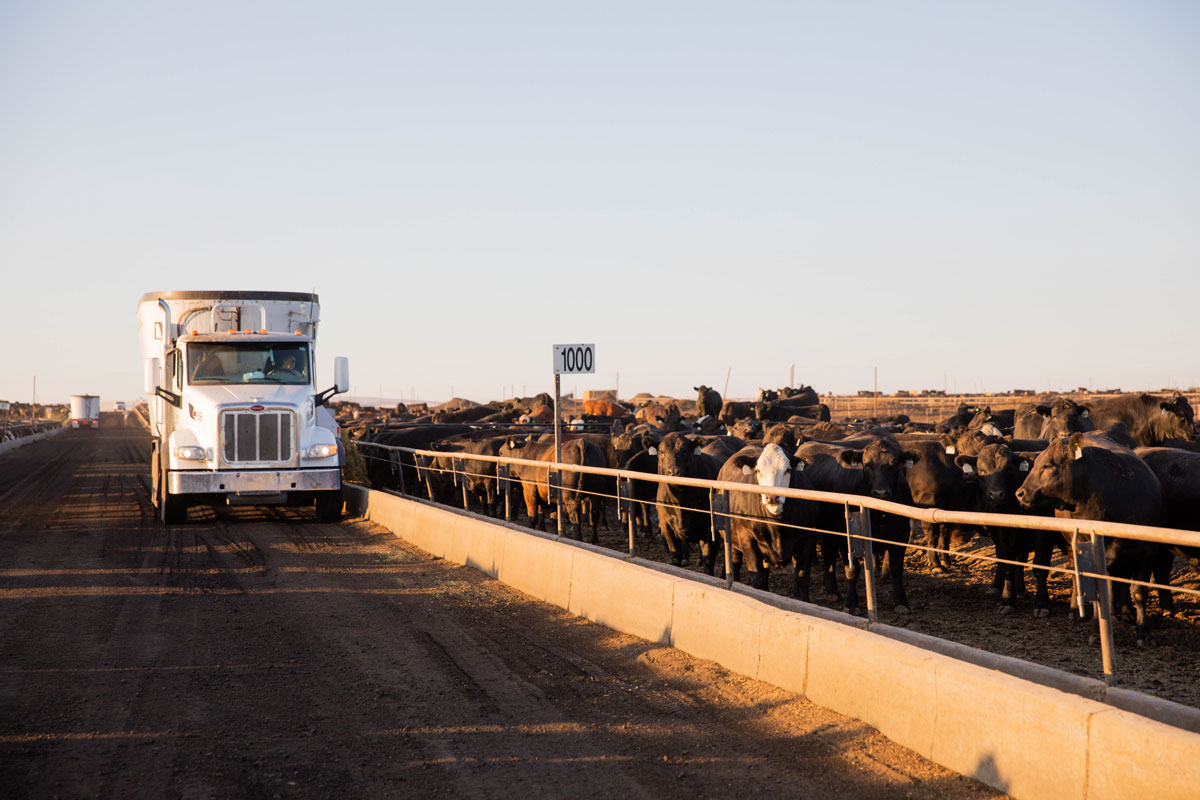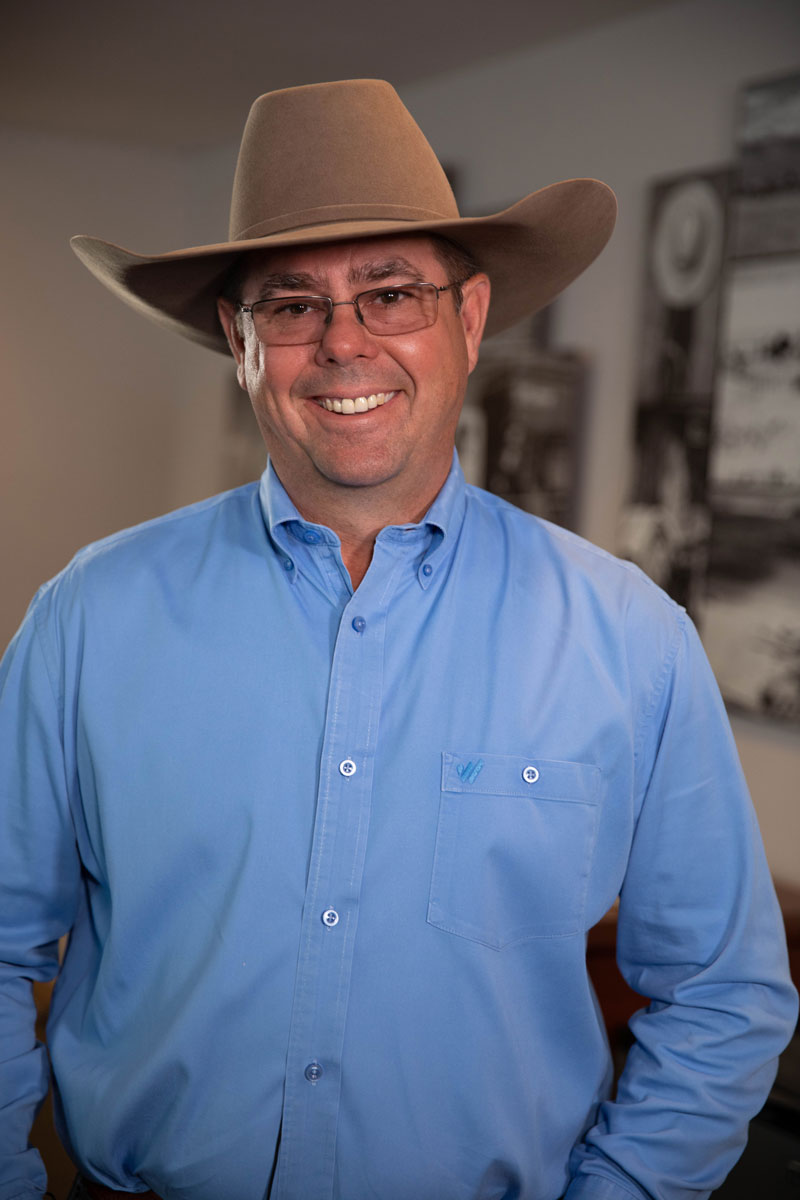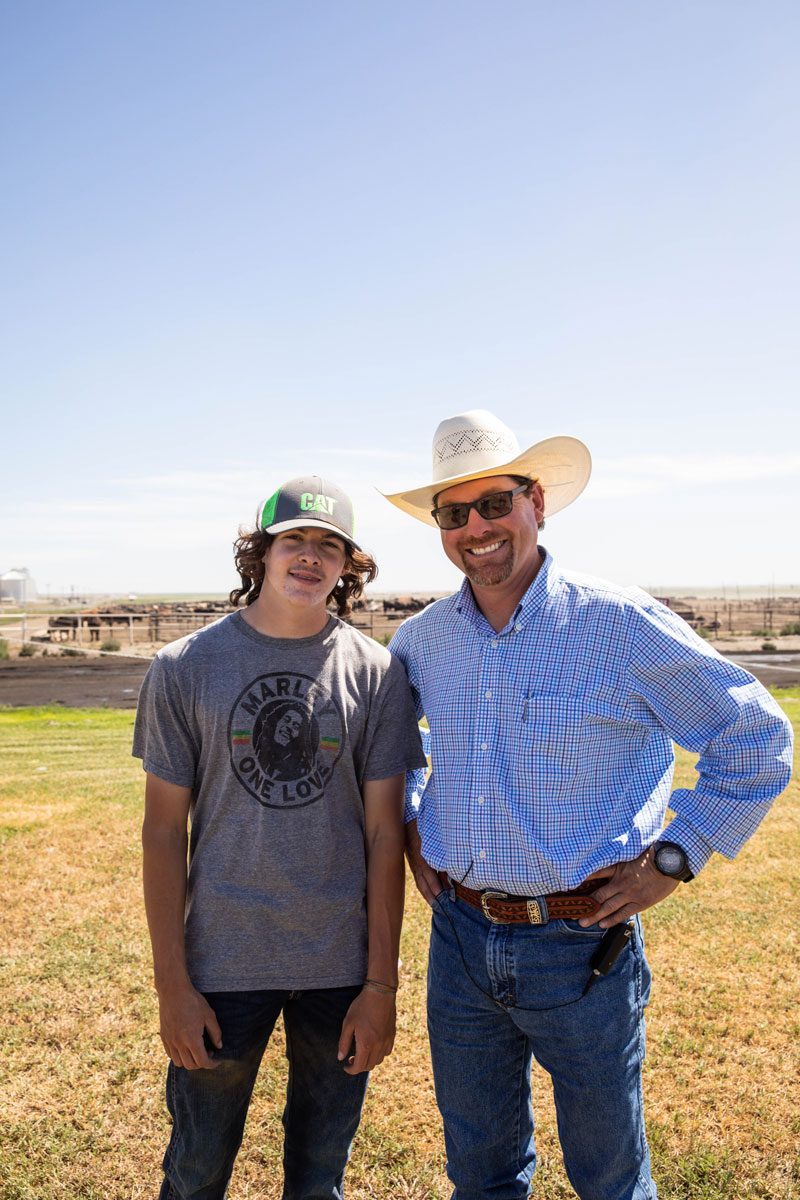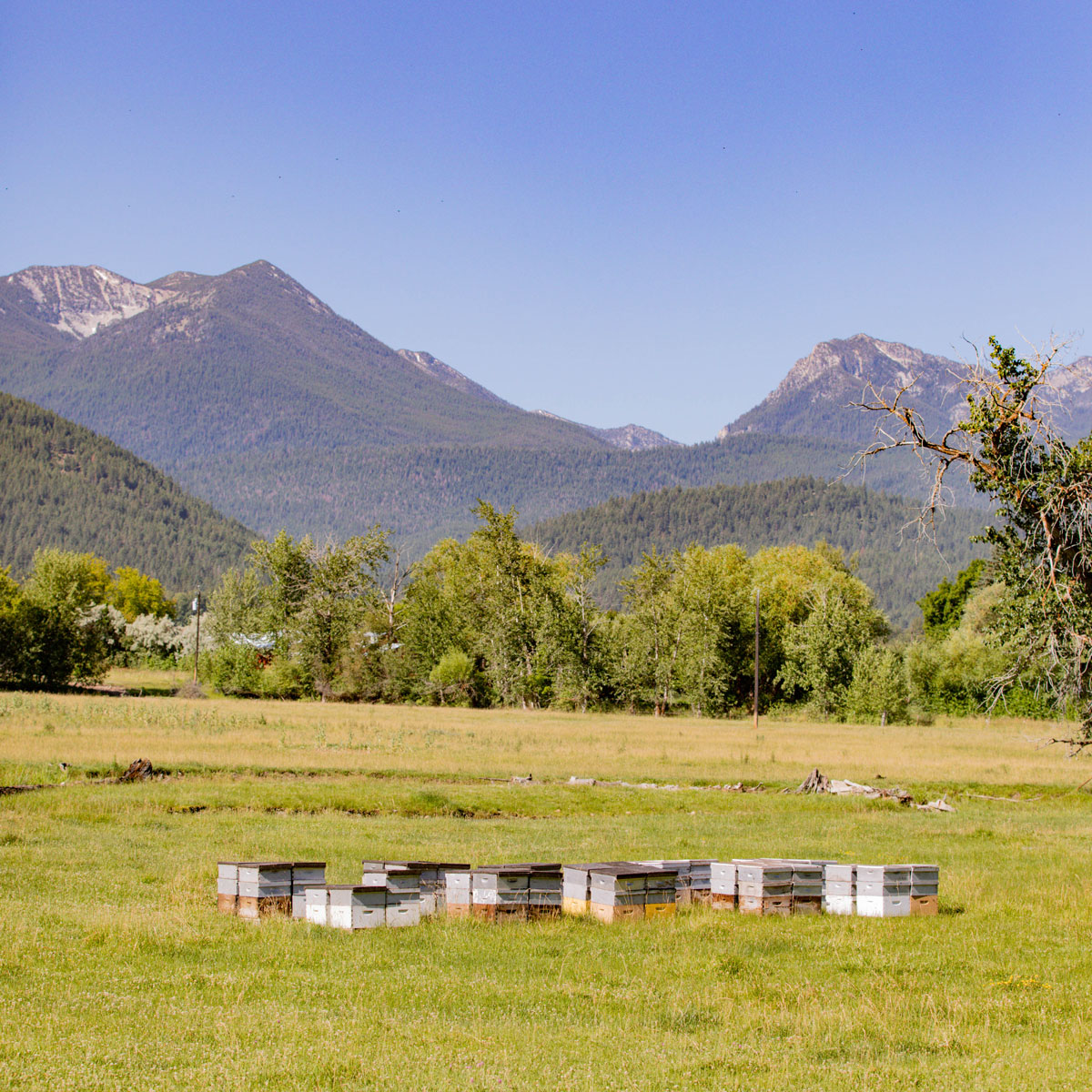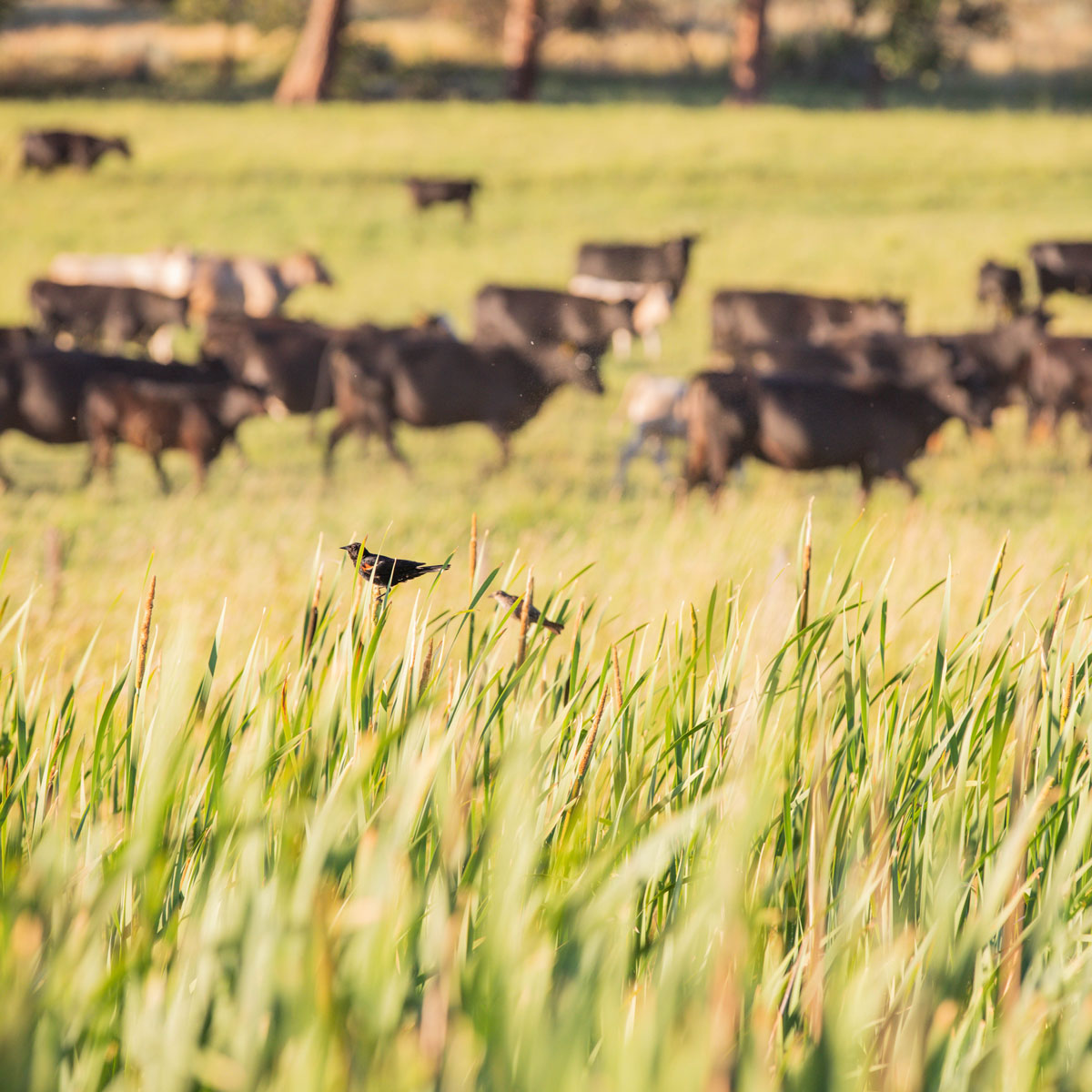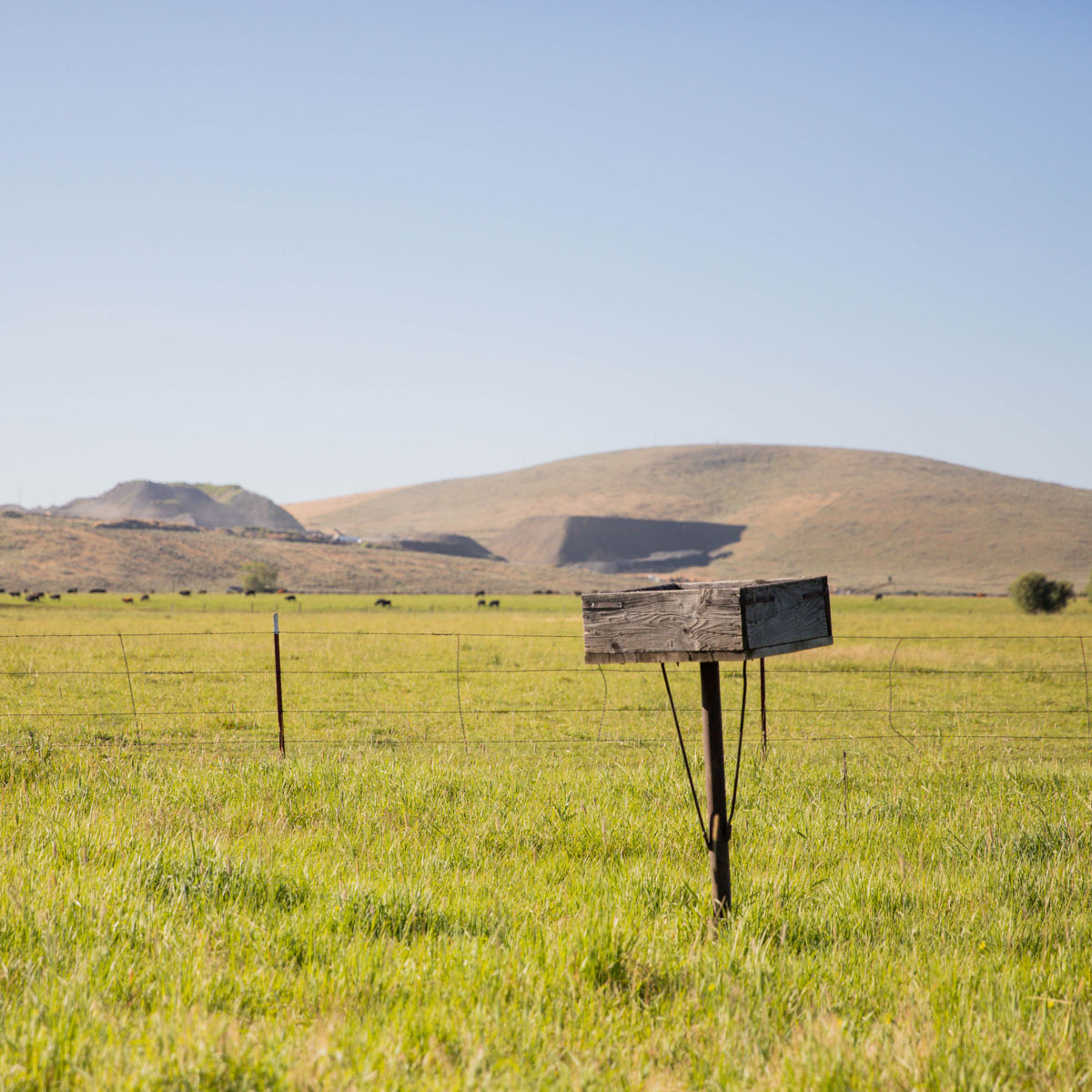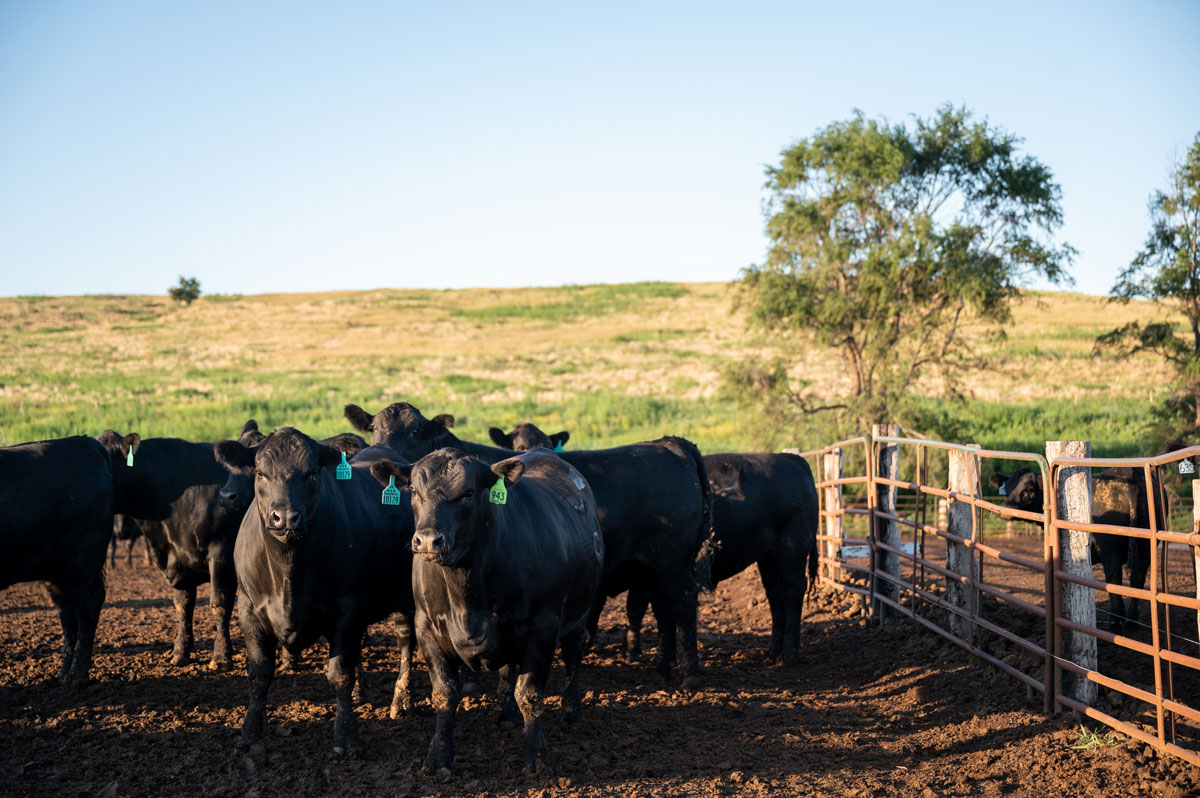
Like Father, Like Daughter
Triangle H accepts the 2022 CAB Feedyard Commitment to Excellence award.
By Morgan Boecker
Cattle have a way of stirring the soul.
It happened when Marisa Kleysteuber was riding through the cows checking for heats. The weight of this responsibility was light as a kid, but her dream to one day make decisions took shape as she sat horseback beside her dad.
For most of her life, she’s followed in her father’s footsteps.
Sam Hands attended Kansas State University for animal science with a business option, three decades later so did his daughter. He was a Reserve Officer Training Corps (ROTC) student at K-State and was commissioned as a Lieutenant in the U.S. Army to serve in Vietnam. He made his way back to Kansas in 1973. His daughter earned a Master’s in ruminant nutrition before coming home in the mid-2000s.
“This is a passion,” she says. “I’ve just always wanted to come back and be a part of the legacy that my dad created and carry it on.”
Home is Triangle H where they care for more than 8,000 fed cattle between a feedyard in Garden City and another 20 miles west in Deerfield.
For Hands, there’s no short answer to anything. Problems are approached with thoughtful consideration to every possible outcome. Solutions are executed with care. It’s more than a suggestion on how to treat everything from people to cattle to equipment, it’s simply the Triangle H way. They work to be the best in everything they do – a mindset that he’s passing on to his daughter.
The Right Tools
Located in the heart of prime cattle country, there’s no shortage of genetics that excel at the ranch and the feedyard. In their own commercial Angus herd, they select sires knowing those calves will be in their pens in 15-18 months.
“I just hope from a feeder’s standpoint that we don’t prevent them from reaching their genetic potential,” Hands says. “Whether we’re raising corn, alfalfa, wheat or beef, it all starts with good genetics.”
Then it’s all on the shoulders of the caretakers.
“Good cattle can’t afford to have a bad day,” Kleysteuber says. “So we do everything in our power to give them every opportunity to perform and express the genetics that are there.”
Optimizing a calf’s carcass quality has been their specialty since the 80s when they started marketing on the grid. At that point, Hands and his dad were already using artificial insemination (AI) and retaining ownership for years. Decades watching calves from conception through harvest means they know how changes at the ranch affect what happens in the yard.
Today, Triangle H consists of separate business entities – a feedyard, commercial cow/calf ranch and farm – that funnel into the other. The father-daughter pair take care of the livestock while Hands nephew Tyler manages the grains.
“We grow our own high-quality grain products and really pay attention to the details in our timing of feeding and timing of market,” Hands says. “It’s this dedicated effort that ensures our customers and us are competitive.”
Hands is the kind of man who wants to understand an entire process. In the 70s and 80s, he and his wife Janet spent hours in coolers of packing plants tracking their cattle through harvest to know exactly how they were performing.
“If I’m going to produce a product knowing I’m going to sell on the rail then I want to know if I’m getting the dollars that I hope to reach,” he says. “I’ve got to be on target.”
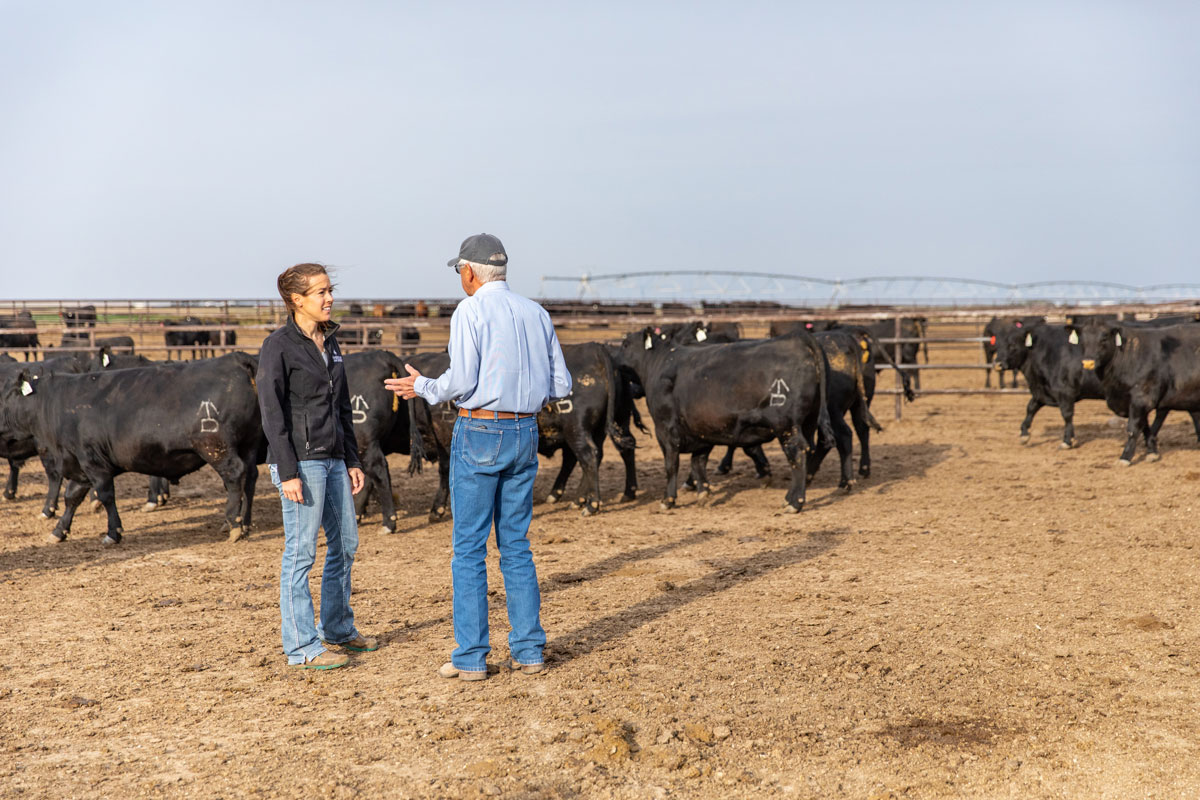
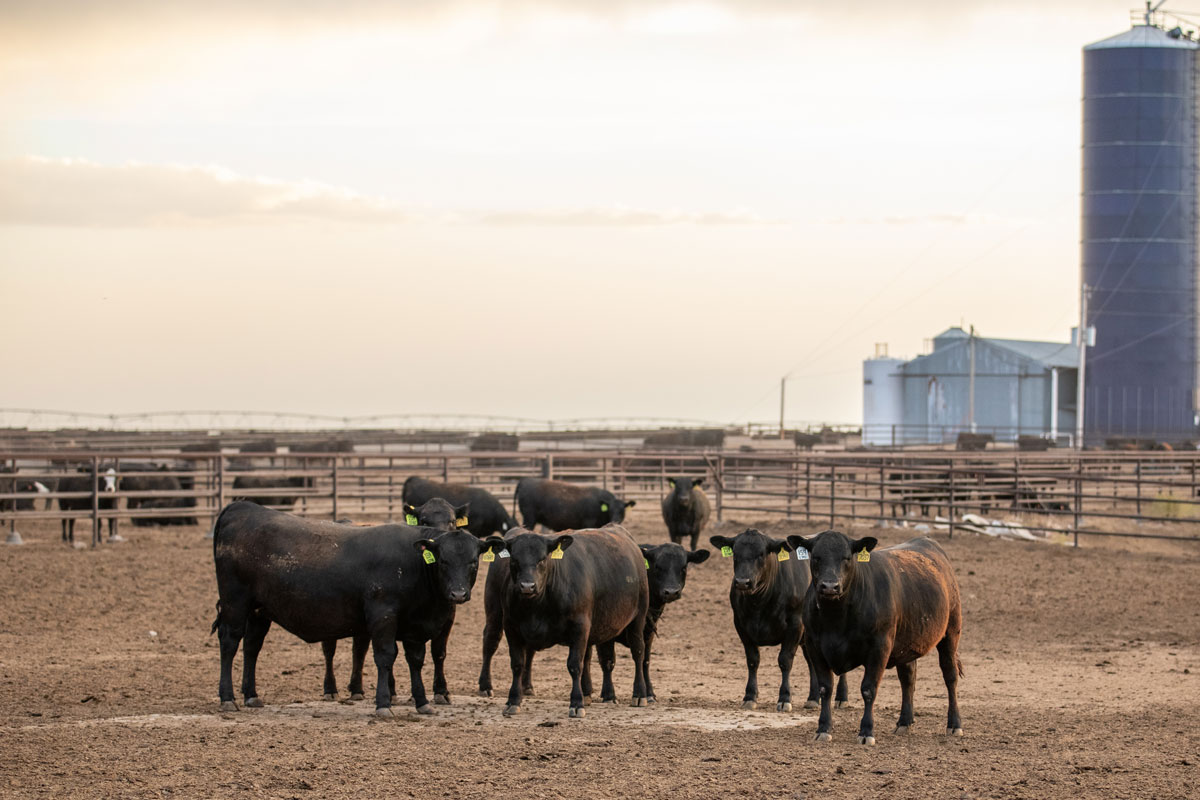
The Right Customers
Size and scale allow them to uniquely serve their customers’ individualized data on cattle performance. Electronic identification (EID) tags track calves at each stage of finishing. Once slaughtered, Triangle H customizes an index with each animal’s carcass and feedyard data.
“This is a powerful tool that we can share with our customers to make improvements with their herd and add more value to their bottom line,” Kleysteuber says.
A tool regularly put to the test. After working for Hands for seven years, Shannon and Rusty Wharton stepped out to pursue their own Angus herd with Wharton 3C Cattle in the Kansas sandhills. They send calves to Triangle H at 900 lbs. to be marketed through US Premium Beef (USPB). Fifteen years ago, they were grading 30% Choice, but with the data they get from Triangle H, now they’re hitting 100% Choice and Prime.
But data and the right genetics can’t replace a knack for knowing when cattle are ready. For that, there’s no one better.
“Sam just knows. He knows their genetics. He knows how to feed them and what to expect. He’s the best about sorting cattle to make sure we get the best premiums,” she says, noting their two-year average of $280 per head over cash for cattle grading 40 to 60% Prime and 50% CAB.
Through the USPB grid, Hands knows each carcass’s performance. As long as they stay above average, they see black in their bottom line.
And they do. In the first quarter of 2022, Triangle H averaged 97% Choice or better, 18% Prime and 44% CAB resulting in a $91.60 per head premium. But at certain times of the year, premiums can reach more than $200 per head.
“We need cattle that have high-quality carcasses,” Kleysteuber says. “At the end of the day, the consumer needs to have the best eating experience possible so that the demand for our product stays strong.”
It’s this sharp focus on quality and thoughtful customer service that earned the Hands family the 2022 Feedyard Commitment to Excellence Award from Certified Angus Beef (CAB). In September, they accepted the award at the CAB Annual Conference in Phoenix, Arizona.
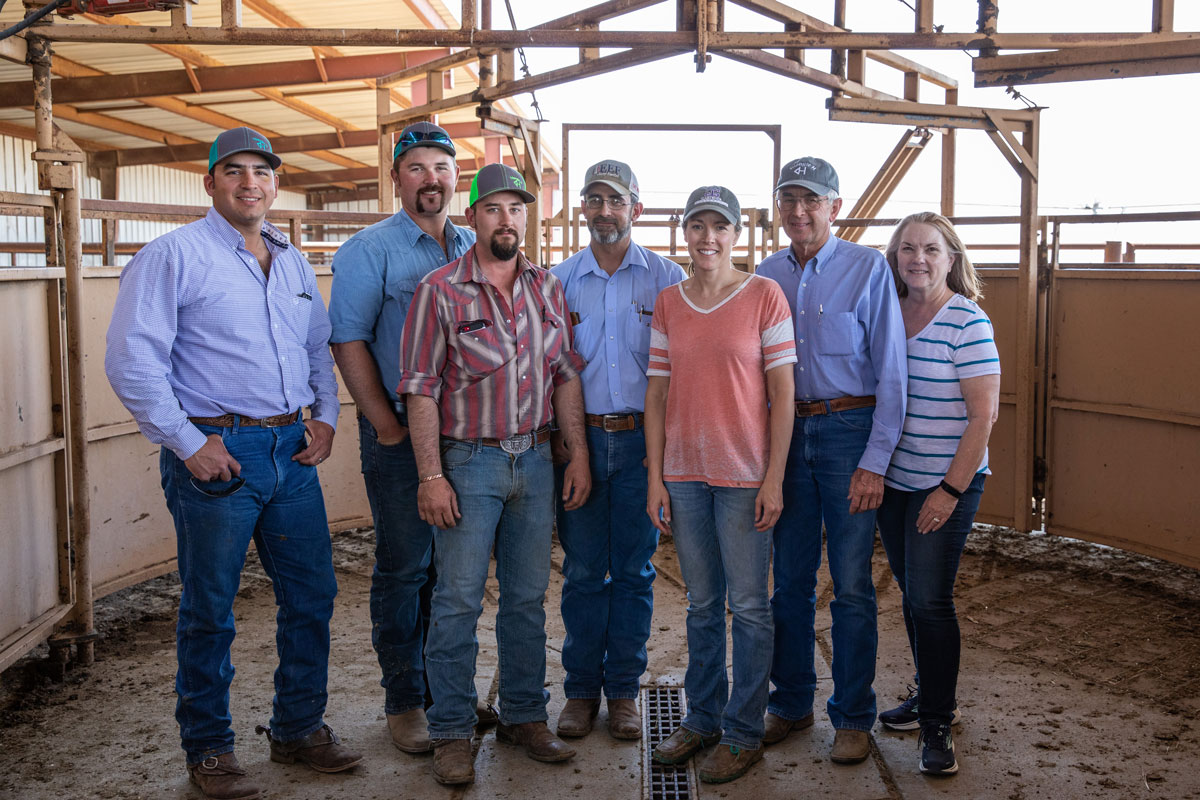
(left to right) Fernando Obregon, Brodie Sweeney, Kris Rose, Bill Hager, Marisa Kleysteuber, Sam and Janet Hands
“Good cattle can’t afford to have a bad day,” Marisa Kleysteuber says. “So we do everything in our power to give them every opportunity to perform and express the genetics that are there.”
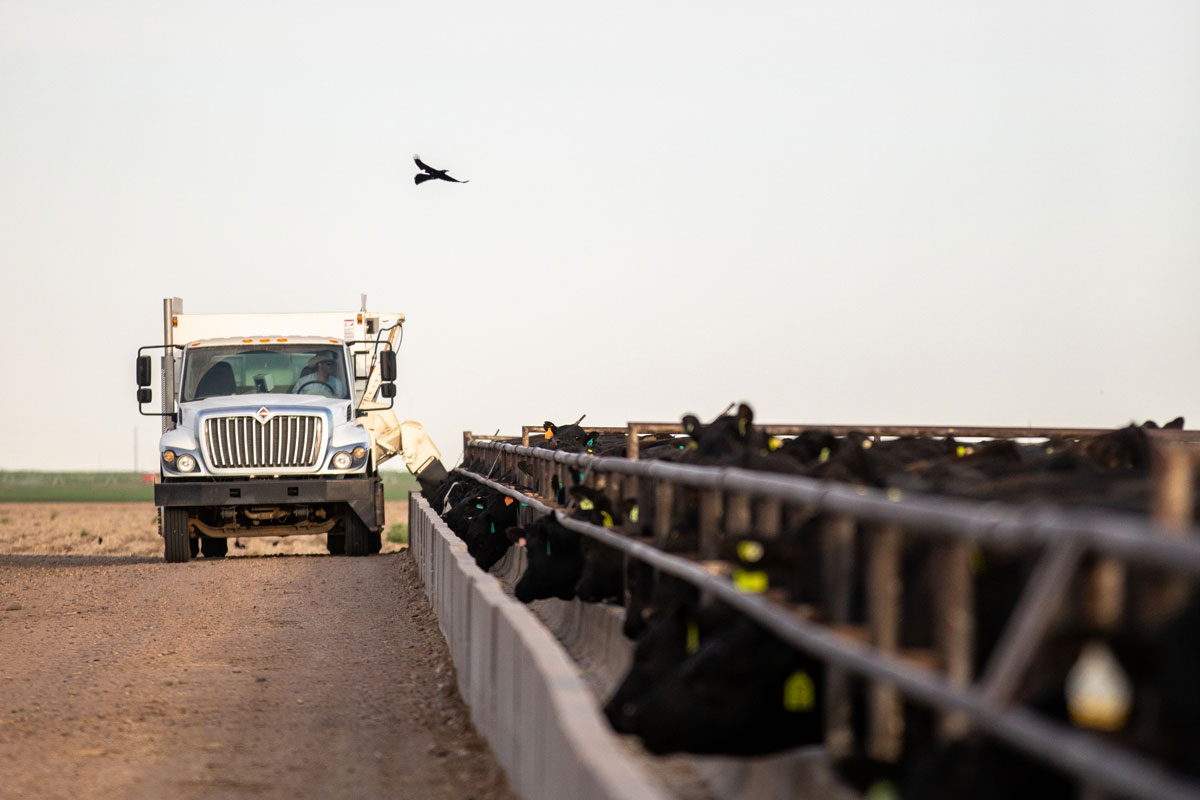
The Right People
Rocking in Adirondack chairs on the patio, a glass of tea in hand, the duo make their game plan. The only slow part of their day is now, reflecting on what happened, how to improve and what needs attention next.
A reoccurring question is how to bring in good employees to help them grow and develop.
“We may not be a big yard, but we feel there are some natural niches where we can give opportunities to a person to have a career opportunity,” Hands says. “Especially those who may not be in a position to marry into ag or inherit it.”
Their investments pay off with tenured employees.
“We give them a lot of responsibility to make decisions and keep things moving,” he says. “This lets us focus on more of the business side at the office.”
Even at 74 years old, Hands puts in his share of hours.
“Growing up and even watching my dad today, he’s the hardest working person I know,” Kleysteuber says.
She follows his lead and starts each day with the team helping process cattle, cover silage pits or clean water tanks. Mutual respect comes from being part of the three-man crews at each yard.
“They give it their all and I feel like I need to be right there alongside them,” Kleysteuber says. “Because if I ask them to do it, I need to be there doing the same thing.”
“We’re only here for a short time,” Hands says. “Hopefully we can provide an environment for people that gives them a reason to get up in the morning and go to work and feel good about what they do.”
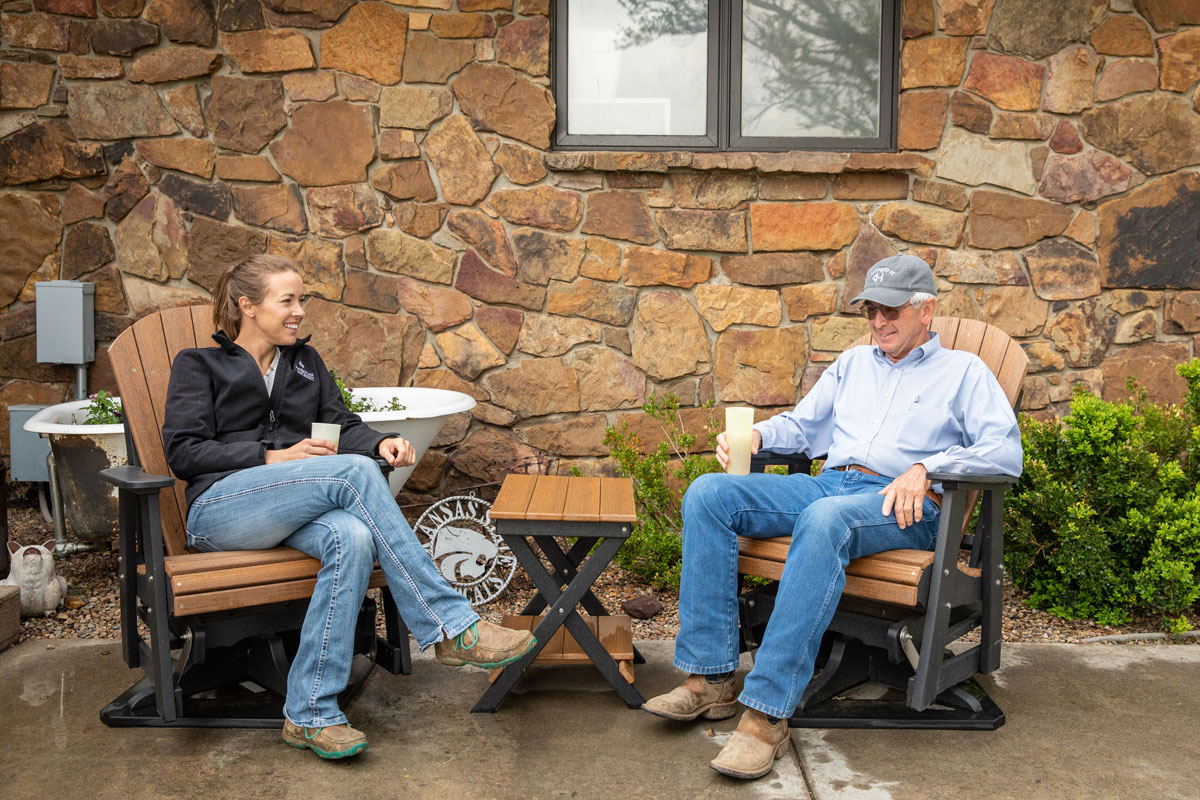
Knowing No Different
Every day Kleysteuber accepts more of the daily weight that comes with managing a feedyard.
“Over time dad has helped me gain more confidence in different areas of the business,” she says.
Planning, learning and teaching are integral pieces of succession preparation, though not an easy process. “Blessed” is how Hands describes having his daughter step up in their cattle business.
“I haven’t ever known anything different,” Kleysteuber says. “It’s just always been natural for me to be out working the cattle.”
The succession plan isn’t etched in stone. It’s more of an understanding that the Triangle H values will continue to pass through the generations, either through the Hands family or the people who are integral there today.
She naturally fills the role but continues to take full advantage of the time she spends with her dad. “As long as he can get up and come out here, I plan on us working side-by-side.”
You May Also Like…
$100,000 Up for Grabs with 2024 Colvin Scholarships
Certified Angus Beef is offering $100,000 in scholarships for agricultural college students through the 2024 Colvin Scholarship Fund. Aspiring students passionate about agriculture and innovation, who live in the U.S. or Canada, are encouraged to apply before the April 30 deadline. With the Colvin Scholarship Fund honoring Louis M. “Mick” Colvin’s legacy, Certified Angus Beef continues its commitment to cultivating future leaders in the beef industry.
Carcass Quality Set to Climb Seasonally
With the arrival of the new year the beef market will rapidly adjust to changes in consumer buying habits. This will remove demand pressure from ribs and tenderloins, realigning the contribution of these most valuable beef cuts to a smaller percentage of carcass value
Raised with Respect™ Cattle Care Campaign Launched This Fall
Raised with Respect™ was developed as part of a strategic cattle care partnership between Sysco and CAB. The collaboration focuses on supporting farmers and ranchers, equipping them with continuing education to stay current on best management practices and helping to increase consumer confidence in beef production.









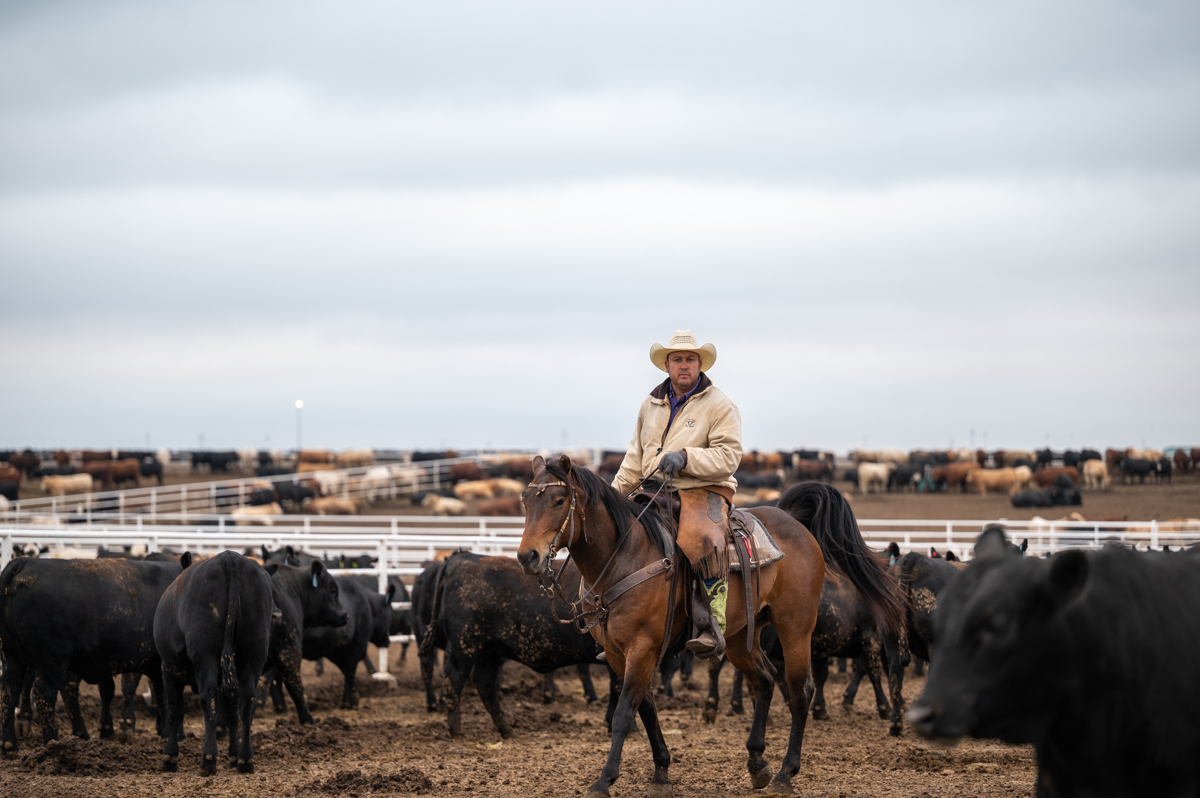


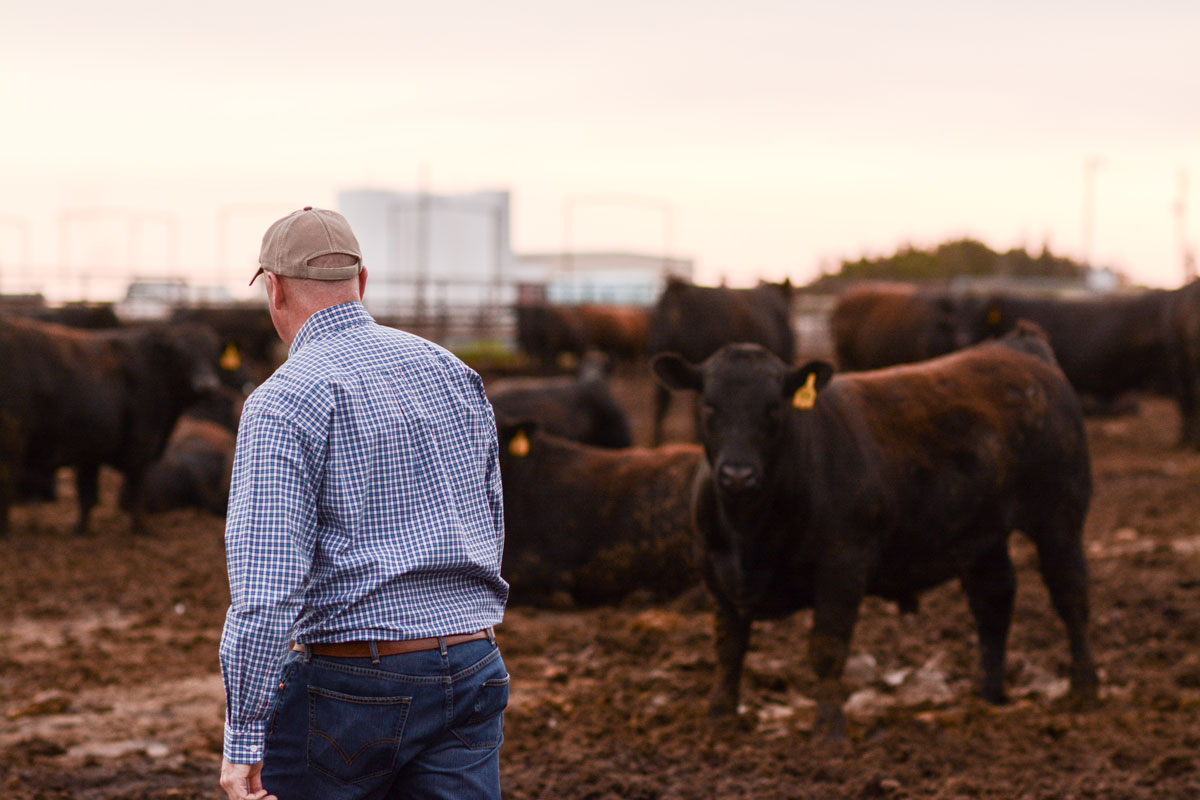




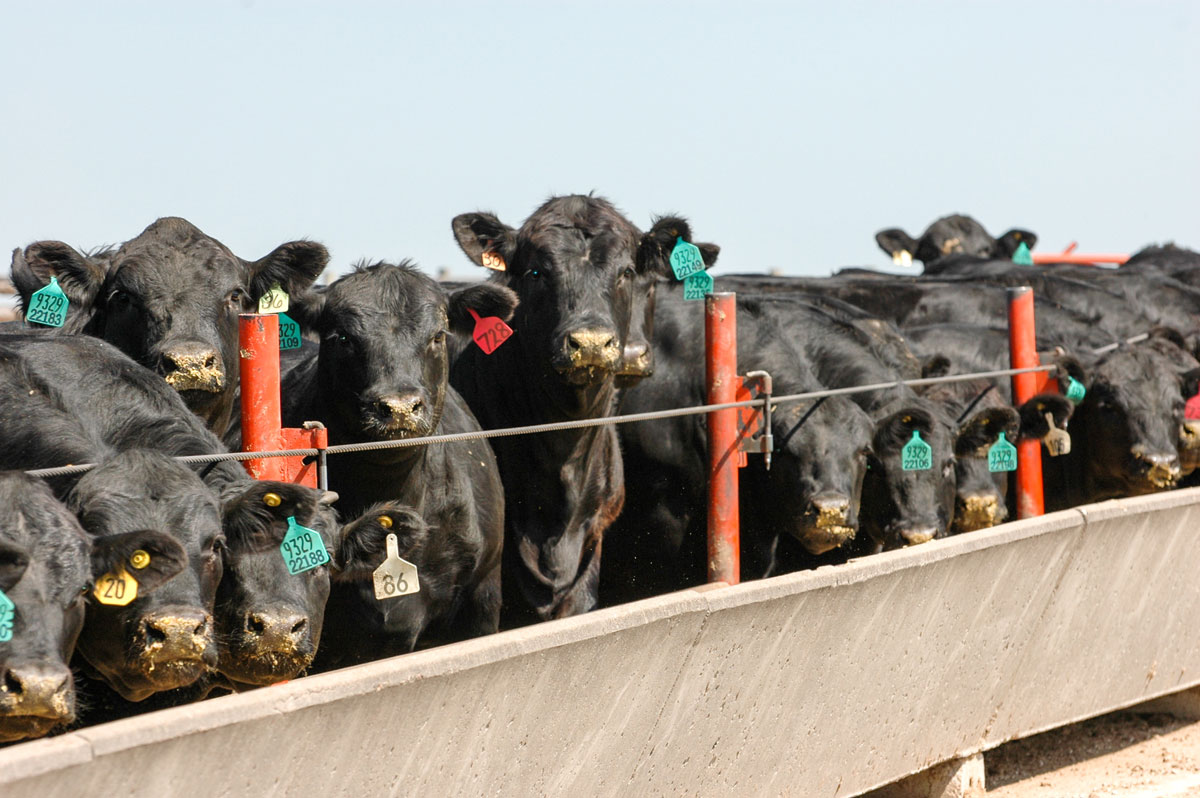


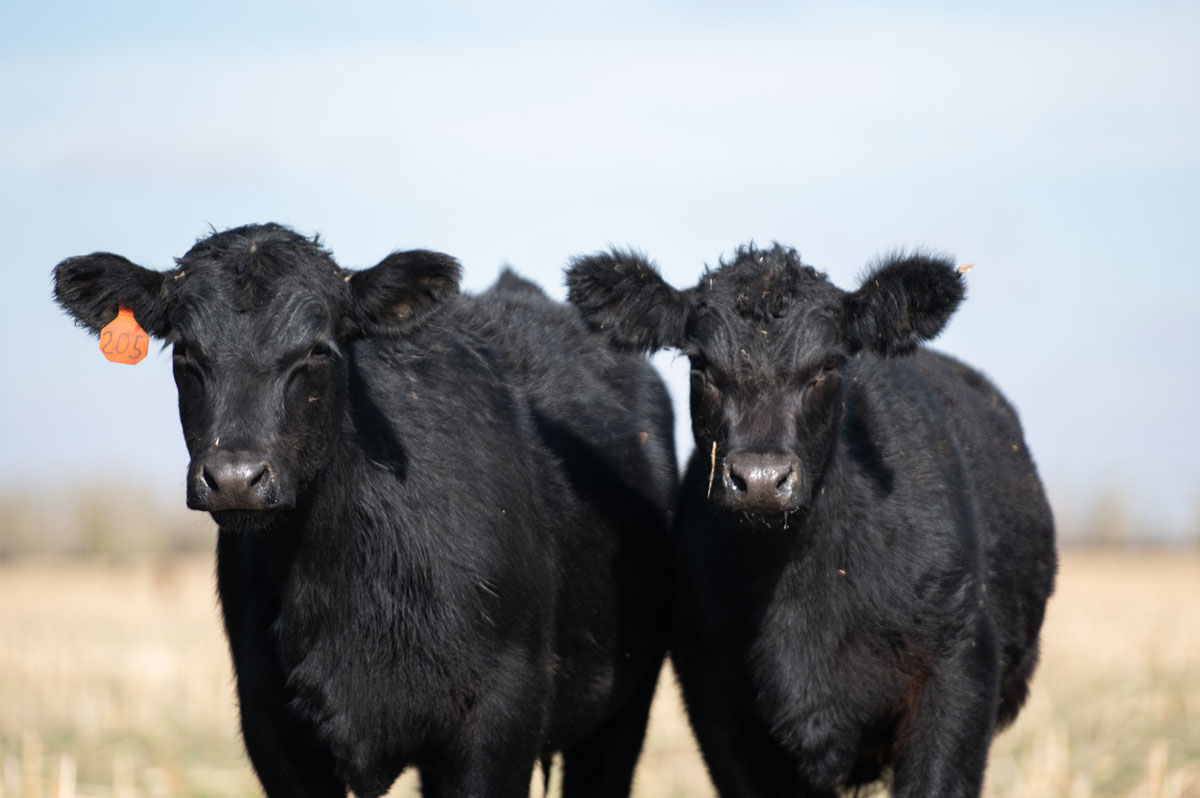


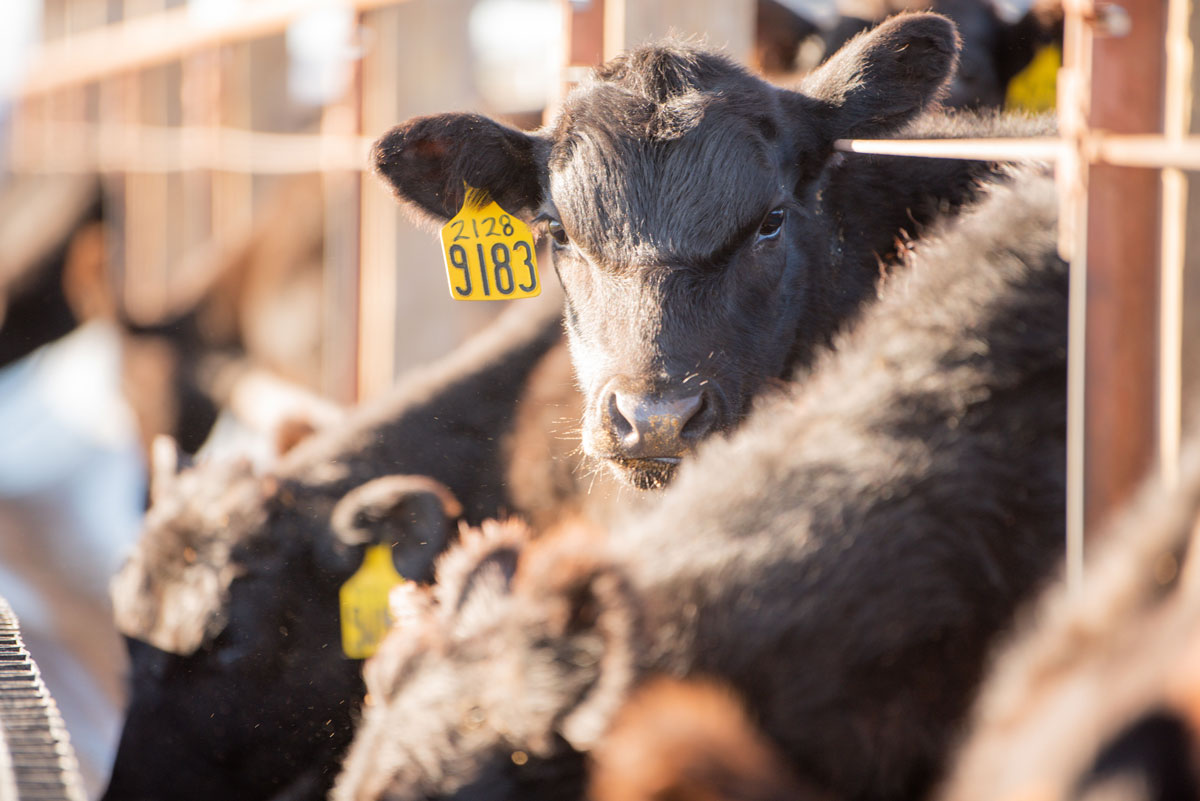
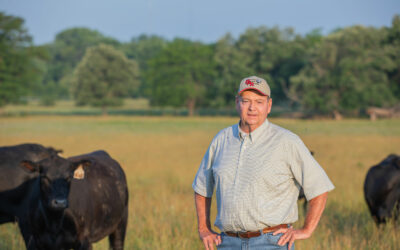

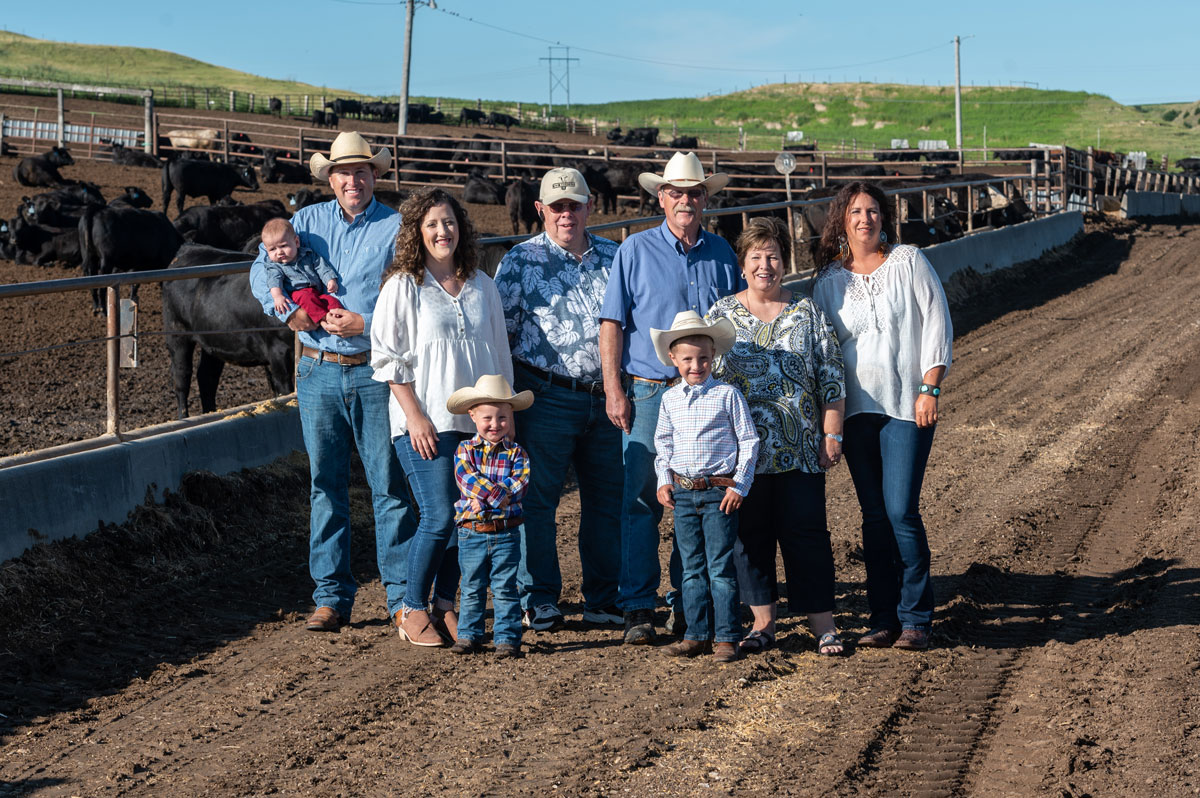
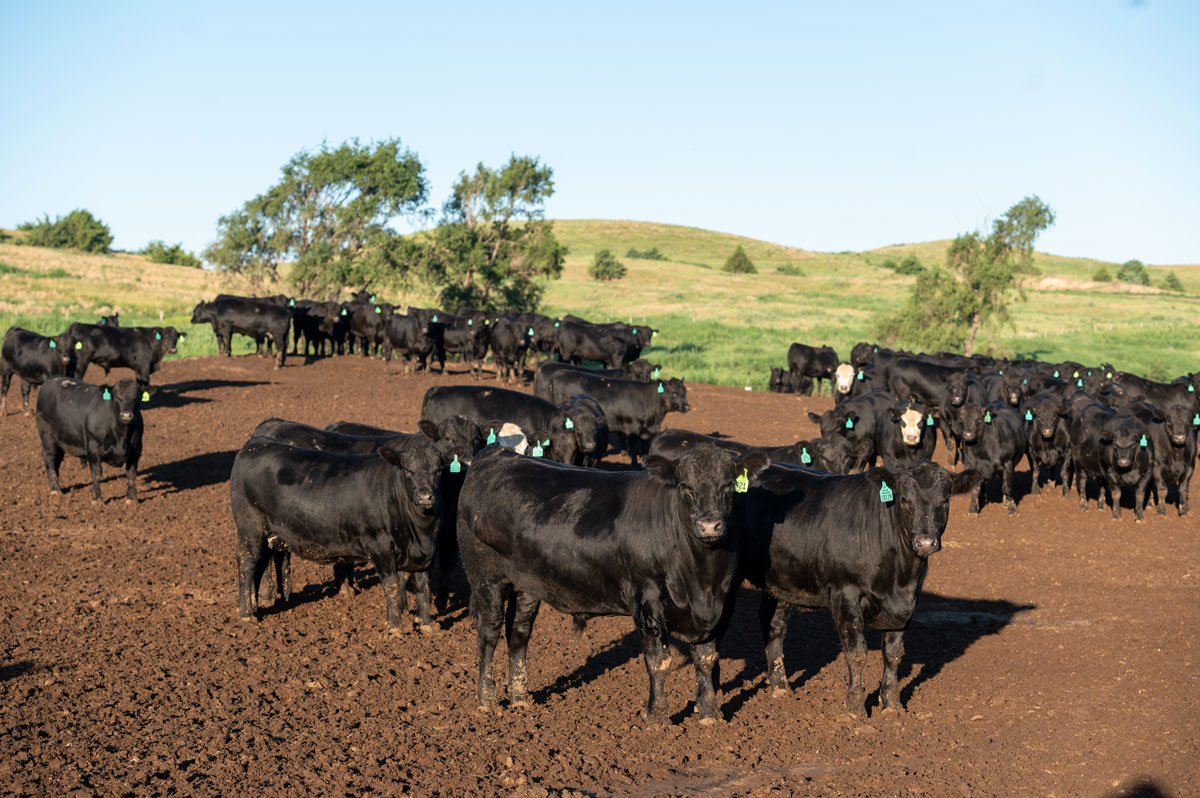



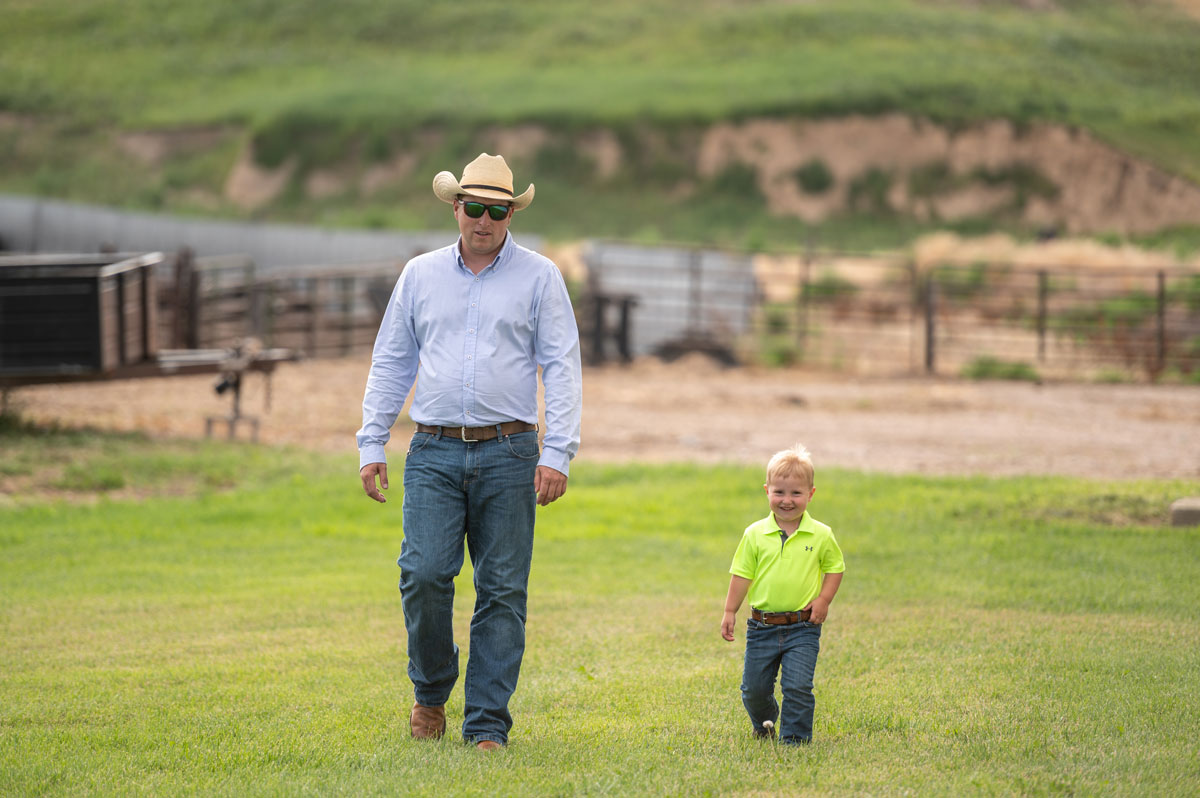
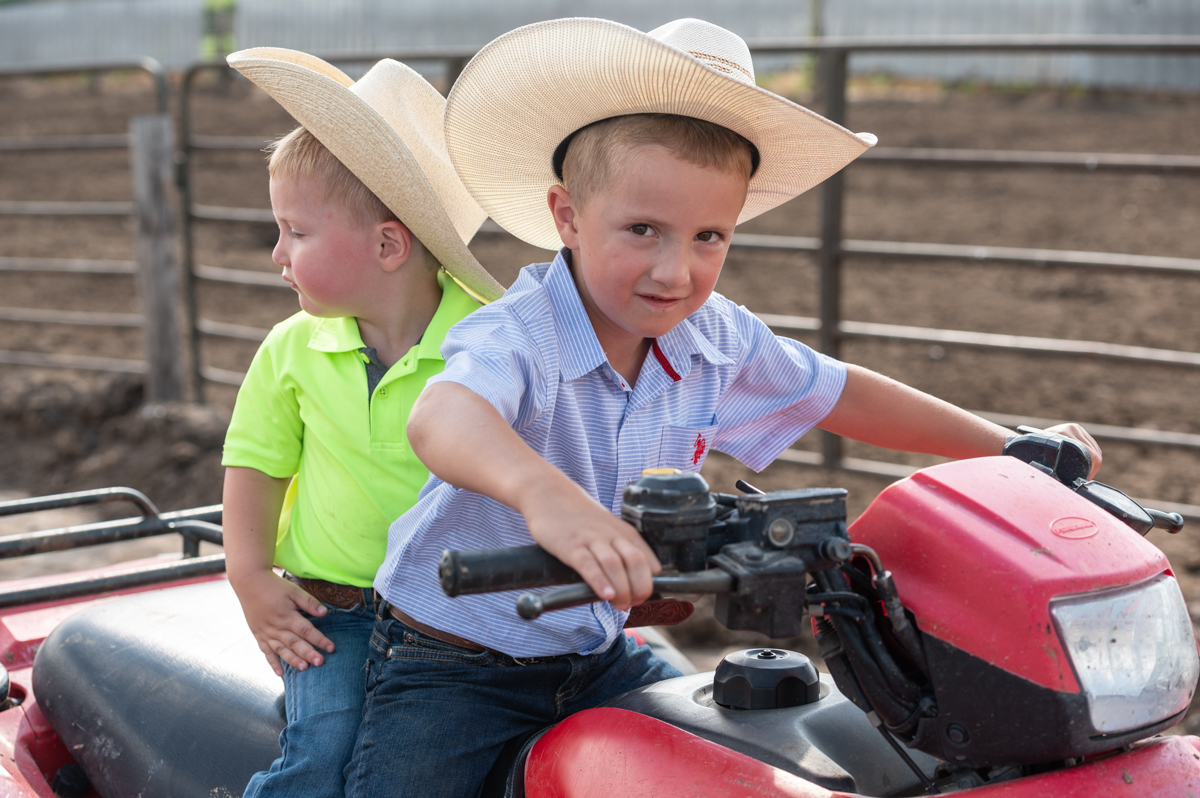


 It’s not, as Wilson would put it, “hippy woo-woo.” He has the data to prove it works, boiling down the economic input into gains and head-days in pasture. Limited input, maximum production output tracked on a per-head basis gets the most for his resource dollar.
It’s not, as Wilson would put it, “hippy woo-woo.” He has the data to prove it works, boiling down the economic input into gains and head-days in pasture. Limited input, maximum production output tracked on a per-head basis gets the most for his resource dollar.
